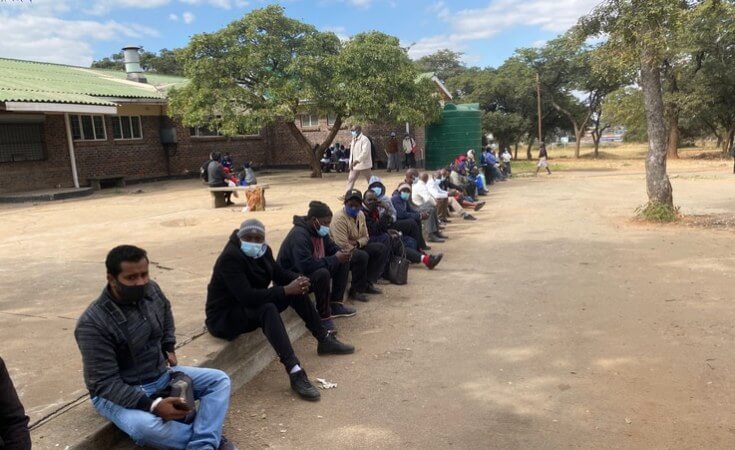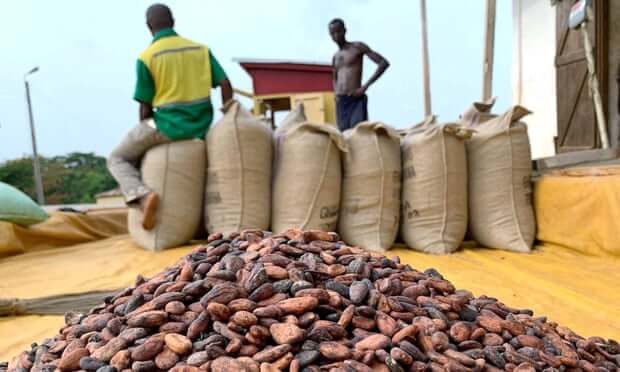Foodborne diseases are thought to impose a health burden on society comparable to the "big three": malaria, HIV/AIDs and tuberculosis. Common foodborne diseases affect tens of millions of people every year. They include salmonellosis, which causes stomach upsets, norovirus, which can cause severe vomiting and diarrhoea, and listeriosis, which can cause severe infections of the bloodstream and brain. Children and people with weak immune systems are affected most. Foodborne diseases can enter the food supply chain - from the farm to our tables - at many stages. For instance, most low-income consumers source their foods from informal markets. For food to get to these markets, there are many actors involved and this makes it difficult to regulate activities. Infrastructure that supports good hygienic handling of food in these markets, such as potable water and refrigeration, is normally lacking. Meat, fish, seafood and fresh vegetables are the most risky from a food safety perspective. This is because they act as a reservoir for many pathogens and provide an excellent medium for pathogens to survive and grow. Cereals are less of a food safety risk as they are not handled multiple times, and present a less attractive medium for pathogens to survive. We wanted to know whether the COVID-19 pandemic's restriction measures were having an effect on food safety. To understand the extent of the problem in East Africa we surveyed experts on food safety in the region. The countries included in this study were all those in the East African Community (except Rwanda) along with Ethiopia. Data were collected in...
East Africa: How Covid-19 Measures Have Affected Food Safety in the Region
Posted on: July 5, 2021
Posted on: July 5, 2021
























